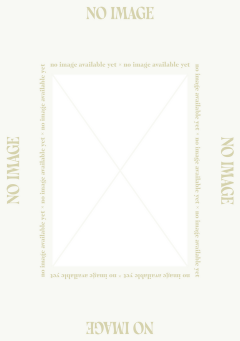My Cart
Your cart is empty
Looks like you haven't made your choice yet.
- Subtotal
Andrzej Wróblewski

Waiting Room
- Hatje Cantz (T&H)
- by Andrzej Wróblewski, In association with Adam Mickiewicz Institute
More Information
| Publisher | Hatje Cantz (T&H) |
|---|---|
| ISBN | 9783775747653 |
| Author(s) | Andrzej Wróblewski, In association with Adam Mickiewicz Institute |
| Publication date | December 2020 |
| Edition | Hardback |
| Dimensions | 280 x 220 mm |
| Pages | 350 |
| Language(s) | Eng. ed. |
Description
Waiting represents a completely unique sort of time. Removed from the usual course of everyday life, it opens up a perception of the length of time. Instead of simply walking through a room, one is immersed in it, as one looks around and discovers things that escape the fl eeting gaze. In the last years of his life the painter Andrzej Wróblewski was interested in this attitude as a subject for his pictures, and not only because the waiting fi gures display an attitude similar to that of an observer. Waiting is also a kind of secret code in which the horrors of World War II and the postwar years endure. Even though Wróblewski’s latephase work is composed of strong, vivid colors, it is permeated by a claustrophobic atmosphere. This inimitable, bewitching memento mori awaits rediscovery in this book.
ANDRZEJ WRÓBLEWSKI (1927–1957) studied painting at the Krakow Academy of Fine Arts, as well as art history at the university, after the end of World War II. Despite his early death, he left behind an extensive body of work that contains a remarkable panorama of the war and the postwar years in Poland.

Andrzej Wróblewski
